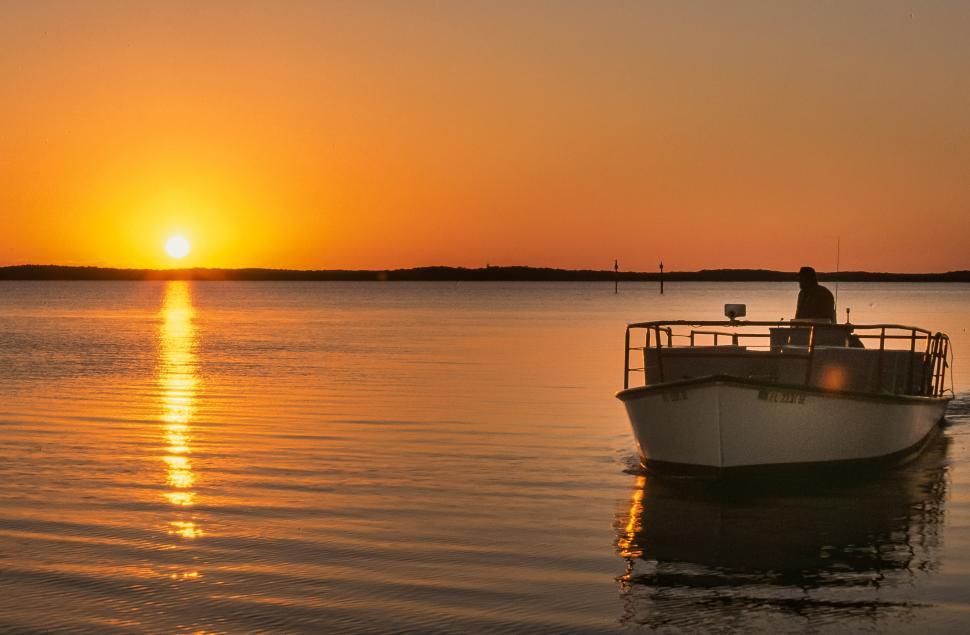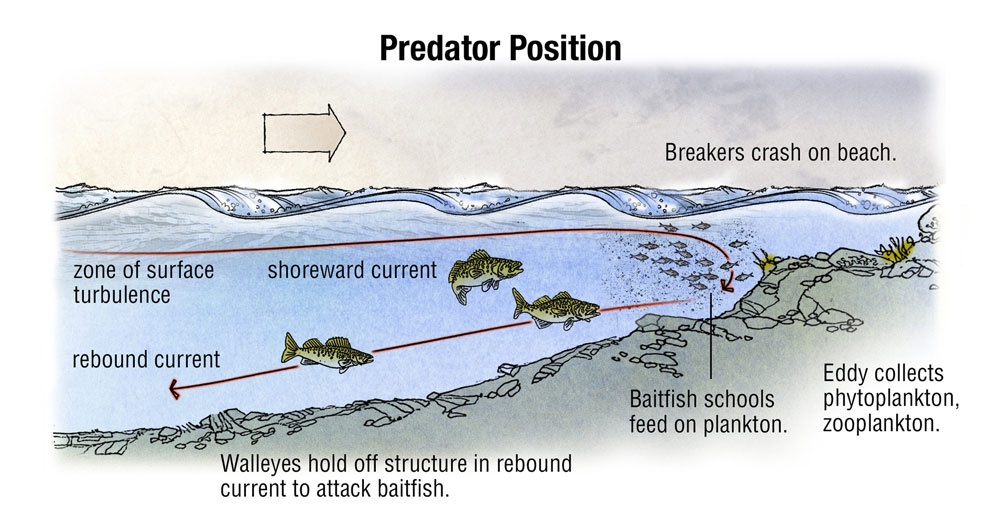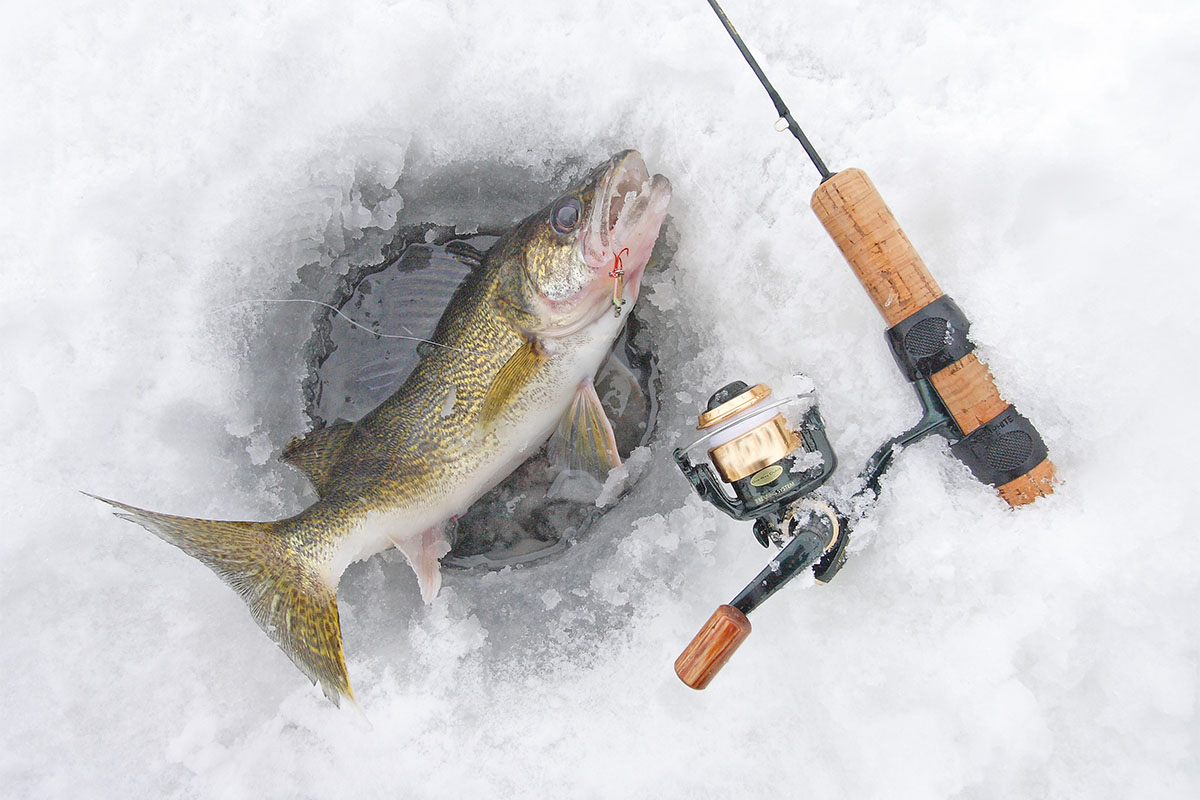Walleye fishing has become a favorite pastime for many anglers due to the rewarding challenge of catching this elusive fish. Understanding the ideal conditions for walleye fishing is essential for success, as it allows anglers to adapt their strategies to increase their chances of a fruitful outing.
Table of Contents
ToggleWater Temperature
The optimal water temperature range for walleye activity is between 55°F and 68°F.
- Cold Water: When water temperatures drop below 50°F, walleyes become lethargic and less likely to feed actively. They typically seek deeper, more stable waters.
- Warm Water: Conversely, temperatures above 68°F cause walleyes to retreat to cooler, deeper areas. Higher temperatures can also reduce oxygen levels, further impacting their behavior.
- Seasonal Variations: During spring, rising water temperatures stimulate walleye activity, particularly during spawning. In summer, the heat drives them deeper. Fall sees a resurgence in activity as waters cool, while winter conditions push walleyes to the deepest, warmest parts of lakes and rivers.
Light Conditions
Light conditions are critical in determining walleye behavior due to their sensitive eyes preferring low-light environments.
- Sunlight and Cloud Cover: Bright sunlight often drives walleyes deeper or into shaded areas, while overcast days can enhance their feeding activity by providing low-light conditions.
- Low-Light Periods: Dawn and dusk are peak times for walleye fishing, as these low-light periods create ideal hunting conditions.
- Water Clarity: In clear water, walleyes may be more cautious and stay deeper during bright conditions. In stained or murky water, they might be more aggressive and feed in shallower areas throughout the day.

Wind and Weather Patterns
Wind and weather significantly influence walleye behavior.
- Wind Direction and Speed: Wind affects walleye location by pushing baitfish towards shorelines or creating currents. Light to moderate winds are ideal as they stir up the water and concentrate baitfish, making walleyes more active.
- Wind-Driven Currents: These currents funnel baitfish into specific areas, attracting walleyes. Fishing windward shores or points can be particularly productive.

- Weather Patterns: Approaching storms often trigger feeding frenzies as walleyes respond to changes in barometric pressure and cloud cover. Stable, high-pressure systems with clear skies typically result in less active walleyes, making fishing more challenging.
Barometric Pressure
Barometric pressure changes have a direct impact on walleye feeding behavior.
- Pressure Changes: Walleyes tend to be more active during periods of falling or rising barometric pressure, as these changes often signal shifts in weather that stimulate feeding.
- Best Times to Fish: The period just before a storm (falling pressure) or just after (rising pressure) can be highly productive. During stable high-pressure periods, walleyes may be less active and deeper, requiring different fishing tactics.
- Adjusting Techniques: During pressure changes, adjust your fishing depth and lure presentation. Inactive periods might require slower, more subtle presentations, while active periods allow for more aggressive tactics.
Seasonal Considerations
Seasonal changes play a significant role in walleye behavior and habitat preferences.
- Spring: As waters warm, walleyes move to shallow spawning grounds, making it an excellent time to target them with jigs and live bait near these areas.
- Summer: Rising temperatures push walleyes deeper. Focus on drop-offs, deep weed lines, and structures using crankbaits or bottom bouncers.
- Fall: Cooling waters re-energize walleyes, leading them to shallower areas to feed heavily in preparation for winter. This is a prime time for aggressive techniques and larger baits.
- Winter: In frozen waters, walleyes are found in the deepest, warmest parts of lakes. Ice fishing with jigs and minnows can be productive, with subtle movements to entice bites.

Successful walleye fishing depends on understanding and adapting to ideal conditions, including water temperature, light conditions, wind and weather patterns, barometric pressure, and seasonal changes. By adjusting your techniques based on these factors, you can significantly enhance your chances of a successful catch. Stay observant and flexible, continuously adapting to the conditions to find and catch more walleye.

Robert Smith is the proud owner of Bait Barrels and Bows, a premier fishing sports store established in 1989. With over three decades of experience in the industry, Robert has honed his skills to become an expert angler, sharing his vast knowledge and passion for fishing with enthusiasts around the world. Through his store and writings, Robert provides invaluable tips and guidance, helping both novice and seasoned anglers improve their techniques and enjoy the sport to its fullest. His commitment to the fishing community is evident in his dedication to quality products and excellent customer service.

